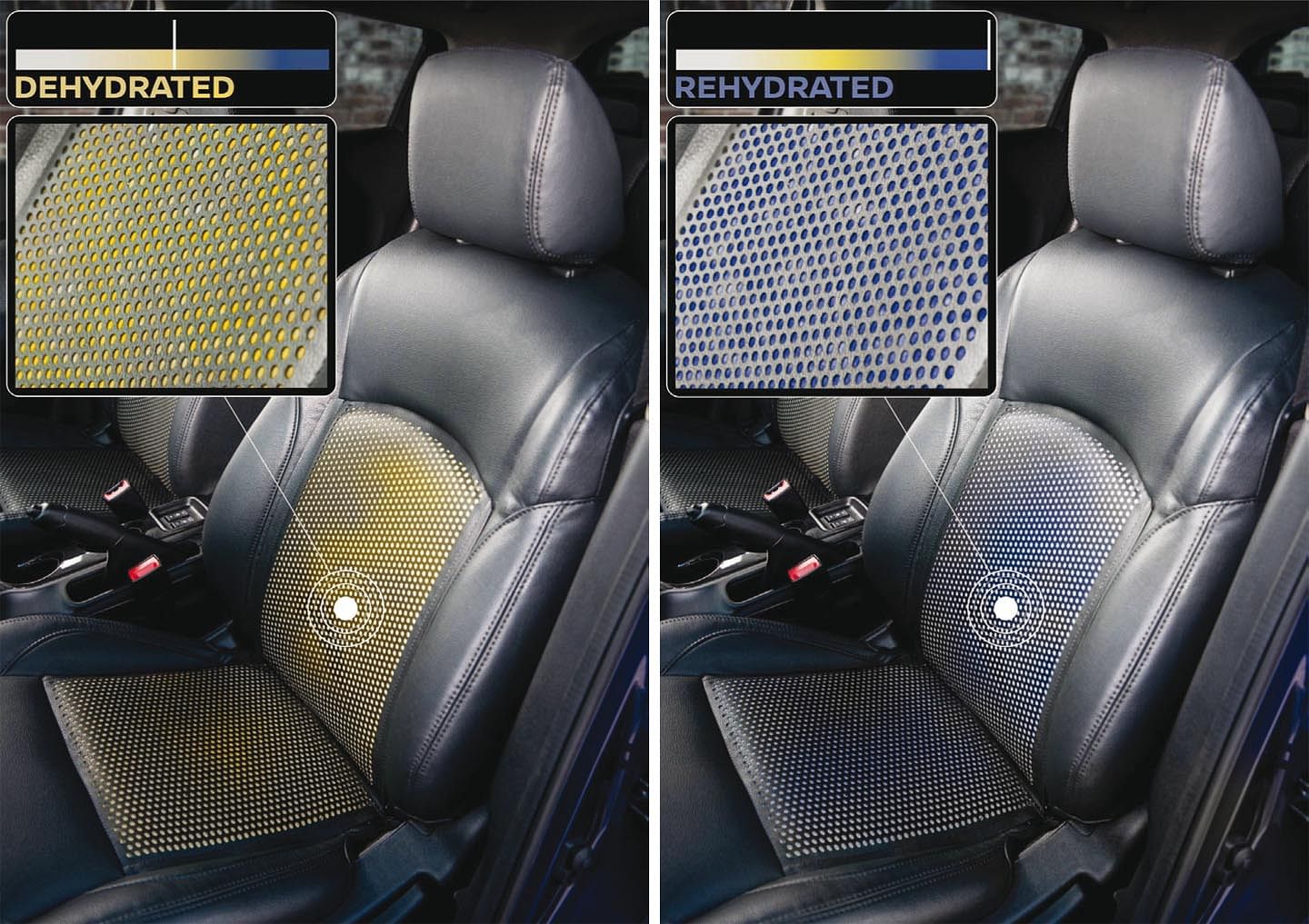Nissan urges drivers to ‘drink and drive’
Drivers make more than double the number of mistakes if they’re dehydrated; errors made are equivalent to being over drink-drive limit; two-thirds of drivers don’t recognise symptoms of dehydration, which water solves.
Japanese carmaker Nissan is encouraging drivers to ‘hit the bottle’ – that’s water not alcohol – to raise awareness of the impact dehydration can have on road safety.
While the dangers of driving after consuming alcohol are widely understood, there’s relatively little research on safe hydration levels for drivers. A 2015 study funded by the European Hydration Institute and carried out by Loughborough University, UK, discovered that:
- Drivers who had consumed only a sip of water (25ml) per hour made more than double the number of mistakes on the road than those who were properly hydrated.
- The number of errors was equivalent to those displayed by people with a blood alcohol content of 0.08%, the current UK drink-drive limit.
- Mistakes included late-braking, drifting within a lane and even crossing lane lines
Furthermore, approximately two-thirds of drivers are unable to recognise the symptoms of dehydration – tiredness, dizziness, headache, a dry mouth and slower reaction times.
The simple act of drinking more water can help address the issue. A 2013 study by two universities revealed that people who consumed a pint of water before carrying out mental tasks had reaction times that were 14% faster than those who did not have a drink.
Nissan has showcased an innovative solution. With one in six people now sporting wearable technology, the carmaker says it has taken inspiration from the health and well-being industry to create a possible future automotive use for advanced ‘smart’ materials.
SOAK warning system to alert driver to drink more water
In conjunction with Dutch design brand Droog, a state-of-the-art sweat-sensing technology coating called SOAK has been integrated into a Nissan Juke crossover. By applying it to the Juke’s steering wheel and front seats, the result is a simple yet effective alert system to warn drivers that they need to drink more water.

The SOAK coating works in a very simple way, changing colour when it’s in contact with perspiration – for example, on a person’s hands or clothes after exercise. When dehydrated the SOAK coating turns yellow; when rehydrated it turns blue.
Racing driver Lucas Ordonez, inaugural winner of the Nissan GT Academy and today a NISMO (Nissan Motorsport) athlete, features in a video created to raise awareness of the impact of driving while dehydrated.
Dr. Harj Chaggar, medical consultant for NISMO, commented: “While many athletes are well-versed on keeping hydrated, many people outside the sporting sphere remain unaware of the impact of dehydration on physiological performance. Sweat-sensing technology built into a car is an innovative way of highlighting this, aiding prevention by warning the driver directly.”
The innovative SOAK coating was originally the brainchild of Droog researcher and designer Paulien Routs.
Paulien commented: “I originally created SOAK to be used on sports clothing. My vision is to create innovative solutions that aid the wearer in some way, using new technologies to bring function to fashion and textiles, as well as establishing new ways of interacting with our health and bodies.”
Nissan says it has no plans to add sweat-sensing technology into the Juke, at present.
RELATED ARTICLES
Horse Powertrain reveals hybrid conversion for electric cars
Engine-making joint venture of Geely and the Renault Group announces new hybrid powertrain that fits into the same space...
Aisin to produce hybrid motor for Mitsubishi in Thailand
The hybrid drive motor and gearbox, will be produced at Aisin Powertrain (Thailand) Co for use in the Mitsubishi XForce ...
GM reports strong Q1 sales in China, demand for EVs and hybrids surges 53%
General Motors and its joint ventures in China have sold more than 442,000 units between January and March 2025.






 By Autocar Professional Bureau
By Autocar Professional Bureau
 29 Sep 2017
29 Sep 2017
 4528 Views
4528 Views









